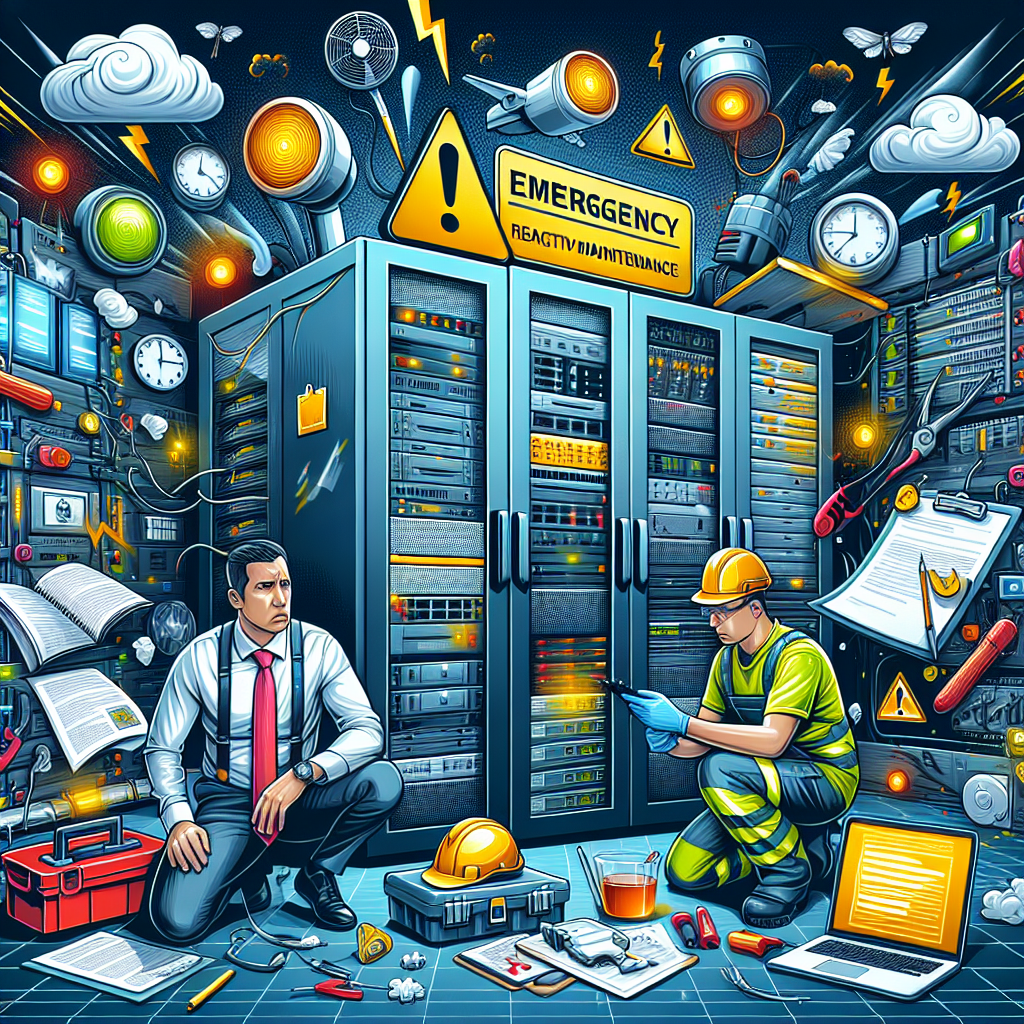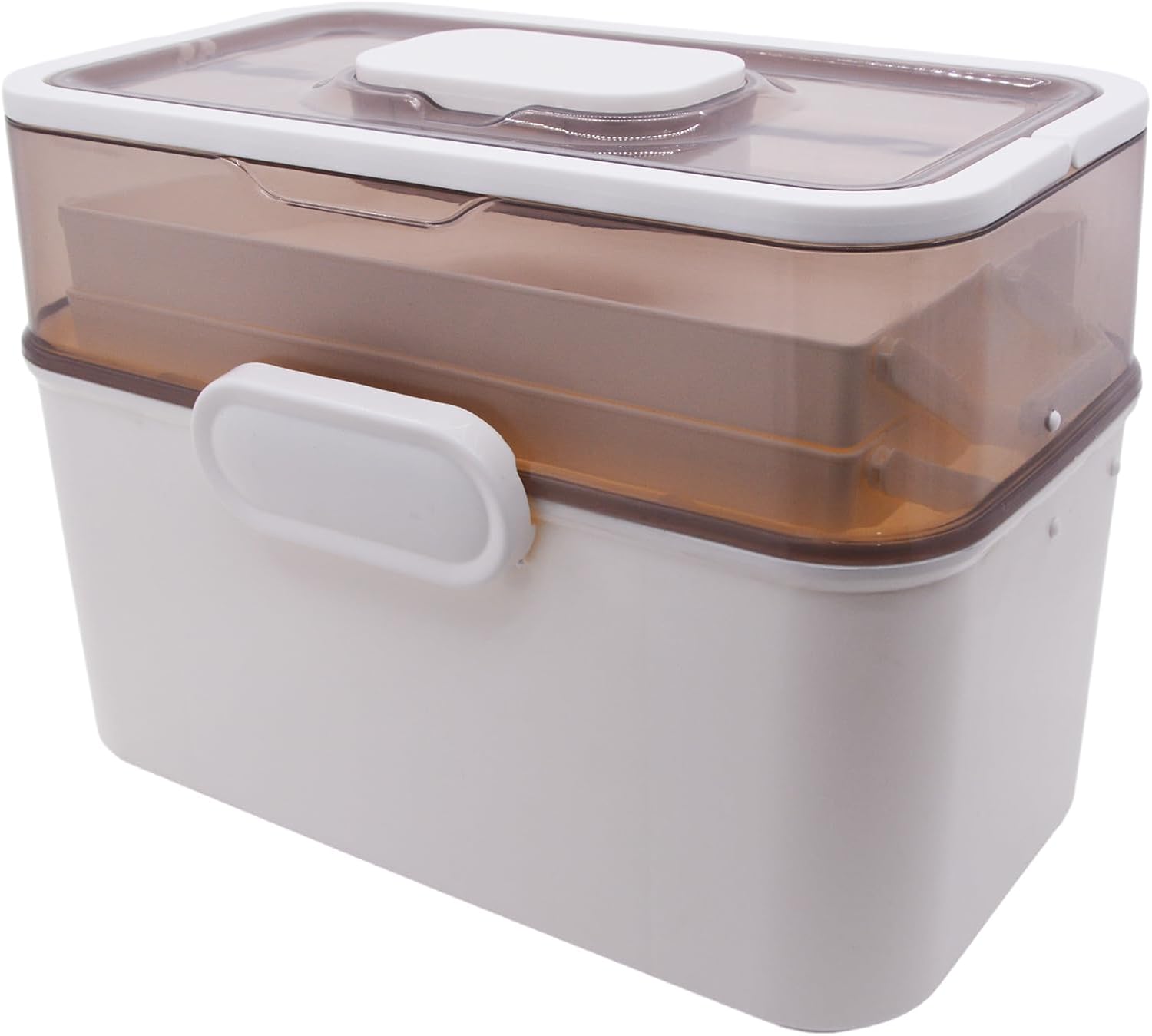Fix today. Protect forever.
Secure your devices with the #1 malware removal and protection software
Natural disasters and emergencies can strike at any time, disrupting normal business operations and causing significant financial losses. It is crucial for businesses to have a comprehensive continuity plan in place to ensure that they can continue to operate effectively in the face of such disruptions.
One of the key elements of a business continuity plan is risk assessment. Businesses should identify potential risks and vulnerabilities that could impact their operations, such as flooding, fires, earthquakes, or power outages. By understanding these risks, businesses can develop strategies to mitigate them and minimize the impact on their operations.
Another important aspect of business continuity planning is developing a communication strategy. In the event of a natural disaster or emergency, it is essential to have a plan in place for communicating with employees, customers, suppliers, and other key stakeholders. This may involve setting up alternative communication channels, such as phone trees, email lists, or social media platforms, to ensure that everyone is informed and updated on the situation.
Businesses should also have a plan for remote working in place to ensure that employees can continue to work even if they are unable to access the office. This may involve setting up remote access to company systems, providing employees with laptops or other devices, and establishing protocols for remote communication and collaboration.
In addition, businesses should have a backup plan for critical systems and data. This may involve regularly backing up data to an offsite location, using cloud-based storage solutions, or implementing redundant systems to ensure that operations can continue even in the face of a disaster.
Training and testing are also essential components of a business continuity plan. Employees should be trained on their roles and responsibilities in the event of a disaster, and regular drills and exercises should be conducted to test the effectiveness of the plan. This will help identify any weaknesses or gaps in the plan and allow for adjustments to be made as needed.
Ultimately, ensuring business continuity in the face of natural disasters and emergencies requires careful planning, preparation, and communication. By taking proactive steps to identify risks, develop strategies to mitigate them, and test the effectiveness of their plan, businesses can minimize the impact of disruptions and continue to operate successfully even in challenging circumstances.
Fix today. Protect forever.
Secure your devices with the #1 malware removal and protection software

















